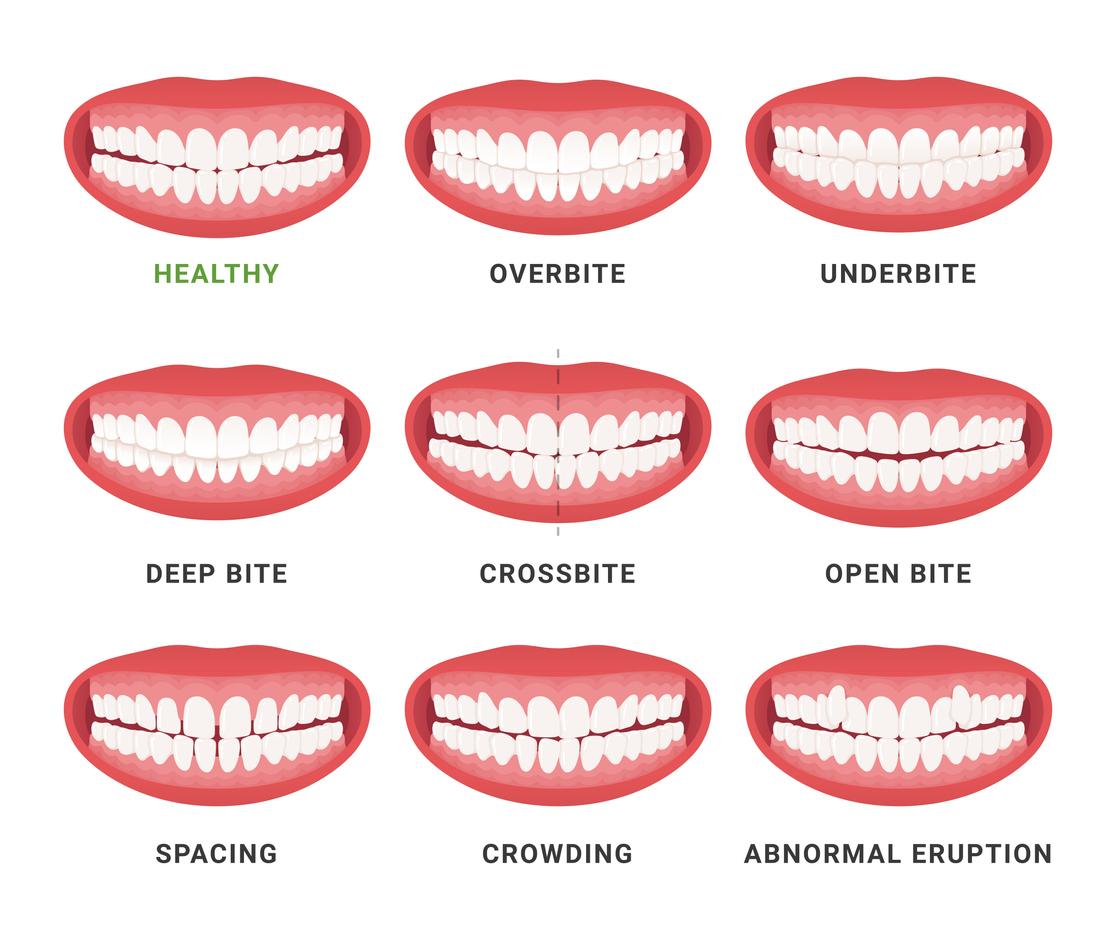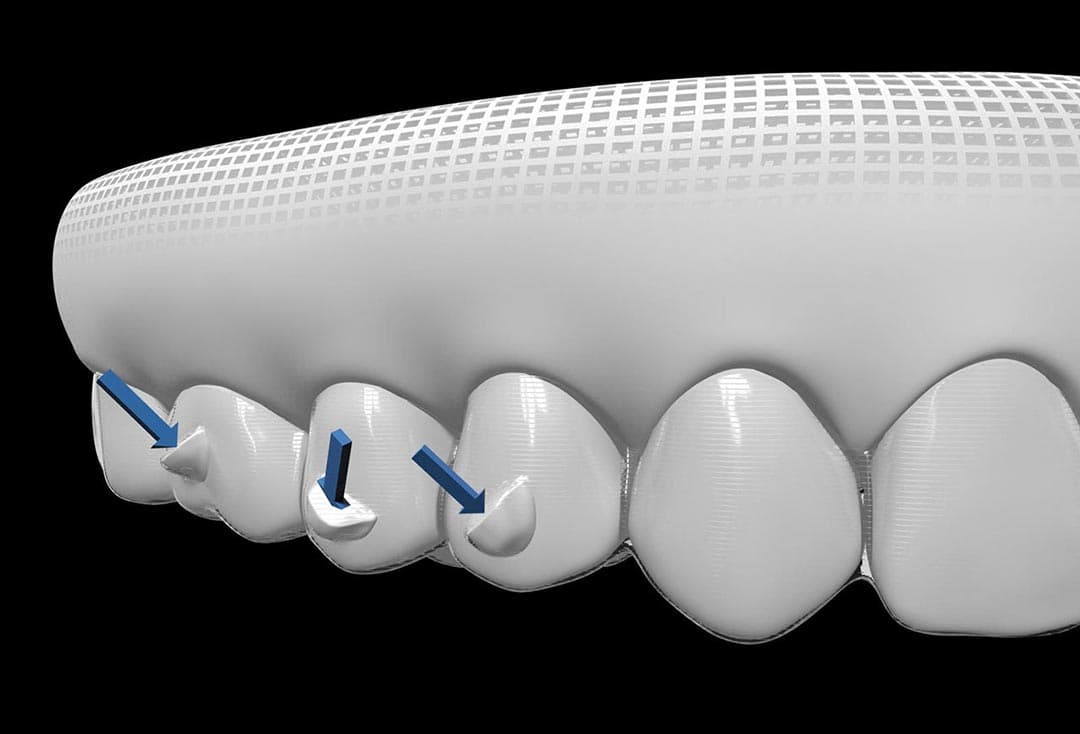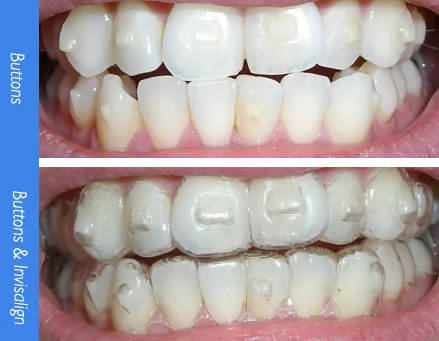Discover the Conveniences of Invisalign for a Perfect Smile Improvement
Invisalign vs. Conventional Dental braces: Which Alternative Is Right for You?
When thinking about orthodontic treatment, the selection in between Invisalign and standard braces presents several important variables that warrant cautious assessment. Invisalign offers a very discreet option with removable aligners, while traditional dental braces offer a more noticeable yet efficient solution for extreme misalignment.
Overview of Therapy Choices

On the other hand, standard dental braces contain metal braces and cords that are bonded to the teeth. This technique uses continuous pressure gradually to attain alignment. While efficient for intricate orthodontic issues, conventional dental braces call for normal check outs for changes and can pose challenges in preserving oral health as a result of the trouble of cleaning around brackets and cables.
Both choices have their values, and the selection often depends upon particular dental conditions, way of life choices, and individual conformity. Inevitably, getting in touch with an orthodontic professional is crucial for identifying the most suitable treatment plan customized to specific demands. Recognizing the subtleties of each alternative can dramatically affect the total success of orthodontic treatment.
Aesthetic Considerations
A significant factor influencing the selection in between Invisalign and standard dental braces is the aesthetic appeal each therapy supplies. Invisalign aligners are crafted from clear plastic, making them basically undetectable when used. This discreet look is specifically attracting adults and teenagers that may really feel awkward concerning their orthodontic treatment. The ability to keep an all-natural smile throughout the positioning procedure can dramatically improve the client's self-confidence in social and specialist settings.
On the other hand, conventional dental braces contain steel brackets and cords, which can be much more recognizable. While improvements in orthodontic technology have actually led to the growth of smaller brackets and tinted elastics, conventional dental braces still maintain an even more obvious profile. For some people, the visibility of braces might deter them from looking for necessary treatment.
Inevitably, the choice in between Invisalign and typical braces might pivot on personal preferences pertaining to appearances. Clients that focus on discernment commonly lean towards Invisalign, while those that are less concerned concerning visibility may select traditional braces. Recognizing the visual effects of each option is vital for making an educated decision that aligns with one's way of life and choices.
Convenience and Convenience

In regards to benefit, Invisalign aligners are removable, making it possible for people to appreciate their favorite foods without restriction and keep ideal oral health. Cleaning and flossing are simplified, as the aligners can be obtained throughout these routines, whereas typical dental braces require mindful navigating around brackets and wires.
In addition, Invisalign's dynamic system enables less orthodontic sees. Individuals typically obtain several sets of aligners at the same time, which can streamline the therapy process and minimize time spent in the orthodontist's chair. In contrast, standard braces require regular modifications, making them less practical for those with busy timetables. Invisalign. In general, the convenience and comfort of Invisalign make it an attractive choice for numerous individuals looking for orthodontic therapy.
Treatment Duration and Efficiency
While both Invisalign and typical dental braces work in remedying oral imbalances, the duration of treatment can differ dramatically in between the two options. Usually, Invisalign therapy can take anywhere from 12 to 18 months, depending on the complexity of the case. The clear aligners function by slowly moving teeth into their preferred placements, and regular follow-ups with an orthodontist assistance make certain development continues to be on the right track.
In comparison, typical braces frequently need a longer commitment, normally ranging from 18 months to three years. This is due to their fixed nature and the use of cables and brackets, which can be extra effective for complex cases and extreme imbalances (Invisalign). The treatment performance of standard dental braces is well-documented, as they permit precise adjustments and greater control over tooth movement
Ultimately, the selection between Invisalign and traditional braces may rest on both the awaited therapy period and the particular oral problems available. Consulting with an orthodontist is crucial, as they can provide tailored suggestions based on individual demands, making certain the selected approach lines up with desired timeframes and outcomes.
Price Comparison and Insurance Policy Alternatives
Price plays a significant role in the decision-making process for people thinking about orthodontic therapy, whether choosing Invisalign or conventional dental braces. On standard, the expense of Invisalign ranges from $3,000 to $8,000, while traditional braces typically cost between $2,000 i thought about this and $6,000. Factors affecting these prices include the intricacy of the situation, the period of treatment, and geographical place.
Insurance policy protection can considerably influence out-of-pocket expenditures. Lots of dental insurance policy plans supply partial insurance coverage for orthodontic therapies, but the specifics can vary extensively. It is critical for clients to review their insurance plans to figure out the degree of coverage for either option. Normally, traditional dental braces might be much more frequently covered by insurance coverage plans contrasted to Invisalign, which some insurance providers classify as a cosmetic procedure.
In addition, numerous orthodontic techniques supply flexible settlement strategies, making both treatment alternatives more easily accessible. Clients ought to ask about potential financing options and discount rates for ahead of time payments. Assessing the overall price, consisting of insurance coverage advantages and settlement strategies, is necessary for making an informed decision that straightens with both visual choices and budget plan considerations.

Final Thought
In summary, the selection between Invisalign and standard braces pivots on numerous variables, including aesthetic choices, convenience, treatment duration, and expense. Invisalign provides a very discreet, detachable alternative that facilitates dental hygiene and dietary versatility, while conventional dental braces may be preferable for intricate oral concerns and typically come with a reduced cost factor. Inevitably, assessment with an orthodontist is you can check here necessary to analyze specific circumstances and figure out one of the most appropriate treatment option my review here for attaining optimum oral placement.
When thinking about orthodontic treatment, the option between Invisalign and traditional braces presents several crucial variables that warrant mindful assessment.Contrasting Invisalign and conventional dental braces reveals unique therapy options for orthodontic correction.While both Invisalign and typical braces are effective in fixing dental misalignments, the period of treatment can differ significantly in between the 2 alternatives.Price plays a significant duty in the decision-making procedure for people taking into consideration orthodontic therapy, whether opting for Invisalign or traditional dental braces.In summary, the selection in between Invisalign and typical dental braces hinges on several aspects, including aesthetic preferences, convenience, therapy period, and cost.